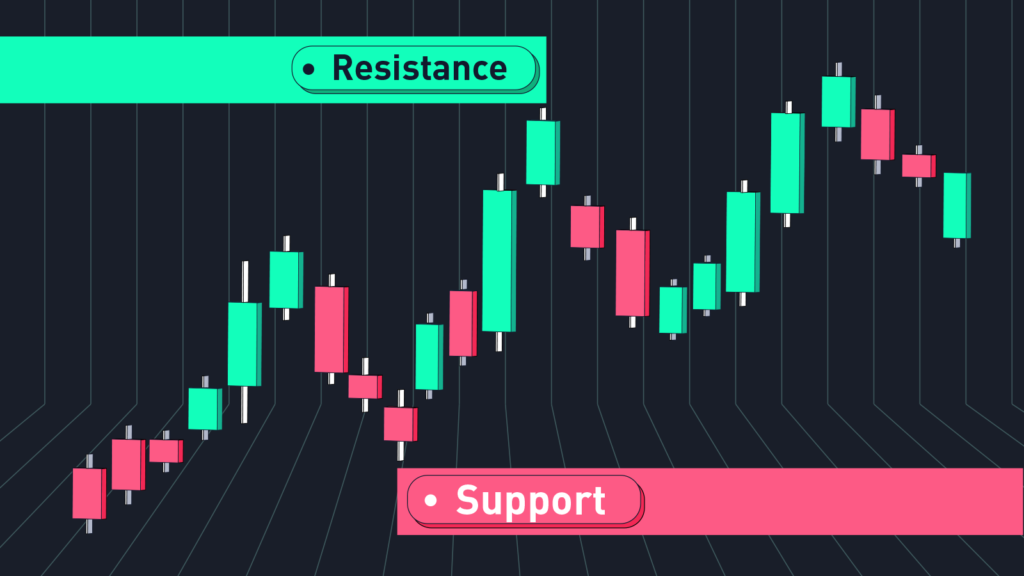In the world of cryptocurrency trading, knowing when and how to exit a position is as crucial as making the initial investment. The volatile nature of cryptocurrency markets means that prices can swing dramatically, making exit strategies essential for managing risk and optimizing returns. This comprehensive guide explores the strategies, considerations, and tools for effectively exiting cryptocurrency positions.
Why Exit Strategies Are Crucial
Exiting a cryptocurrency position effectively is critical for several reasons:
Profit Realization
Timing your exit allows you to lock in profits before market conditions change. Without a plan, you risk holding onto assets for too long and missing out on potential gains.
Loss Mitigation
Implementing an exit strategy helps minimize losses if the market moves against your position. This is crucial in volatile markets where prices can drop rapidly.
Risk Management
A well-defined exit strategy ensures that you do not expose yourself to excessive risk. It helps balance your portfolio and prevent significant losses from one poor trade.
Psychological Control
Having a plan in place reduces emotional decision-making. This helps avoid impulsive actions driven by fear or greed.
Types of Exit Strategies

Several exit strategies can be employed depending on your trading goals, risk tolerance, and market conditions:
Profit-Taking Strategies
- Target-Based Exit: Set specific profit targets before entering a trade. Once the price reaches your target, exit the position to secure your gains. This strategy requires setting realistic targets based on market analysis and historical performance.
- Trailing Stop-Loss: A trailing stop-loss is a dynamic exit strategy that moves with the market price. As the price of your cryptocurrency increases, the stop-loss level is adjusted upward. If the price reverses and hits the trailing stop, your position is closed, locking in profits while allowing for further gains.
Risk-Based Strategies
- Stop-Loss Orders: A stop-loss order is a predetermined price level at which you will exit a losing position. This strategy helps limit potential losses by automatically selling your cryptocurrency if the price falls to a specified level.
- Percentage-Based Exit: Determine a fixed percentage loss that you are willing to tolerate. If the value of your cryptocurrency drops by this percentage, exit the position to prevent further losses.
Time-Based Strategies
- Time-Based Exit: Set a specific time frame for holding a position, regardless of price movement. For example, you might decide to exit after a certain number of days or weeks. This strategy can help avoid overtrading and ensure you stick to your plan.
- Scheduled Rebalancing: Regularly rebalance your portfolio by setting specific dates to review and adjust your holdings. This ensures that you periodically exit positions and manage risk according to market conditions.
Fundamental and Technical Analysis
- Fundamental Analysis: Base your exit strategy on changes in the underlying fundamentals of the cryptocurrency project. If the project’s development, partnerships, or regulatory environment deteriorates, it might be time to exit.
- Technical Analysis: Use technical indicators and chart patterns to inform your exit decision. Indicators such as Moving Averages, Relative Strength Index (RSI), and Bollinger Bands can signal potential exit points based on price trends and market conditions.
Tools for Effective Exits
Several tools and platforms can aid in executing and managing exit strategies:
Trading Platforms
Most trading platforms offer various order types, including market orders, limit orders, and stop-loss orders. Familiarize yourself with these options to implement your exit strategies effectively.
Portfolio Management Tools
Tools like CoinGecko, CoinMarketCap, and TradingView provide real-time data, charts, and alerts to help you monitor your positions and make informed exit decisions.
Automated Trading Bots
Trading bots can automate exit strategies based on predefined rules. They can execute trades and manage positions according to your specified criteria, reducing the need for constant monitoring.
Common Mistakes to Avoid
Overreacting to Short-Term Movements
Avoid making impulsive decisions based on short-term price fluctuations. Stick to your exit plan and avoid letting emotions dictate your actions.
Neglecting Risk Management
Failing to implement stop-loss orders or other risk management techniques can lead to significant losses. Always have a plan in place to manage potential downside.
Ignoring Market Conditions
Exiting a position based solely on a predetermined target without considering current market conditions can be detrimental. Stay informed about broader market trends and news that may impact your cryptocurrency.
Lack of Flexibility
While having an exit plan is important, being too rigid can be problematic. Be prepared to adjust your strategy based on changing market conditions and new information.
Example of a Well-Defined Exit Strategy

Let’s consider an example of a well-defined exit strategy:
- Initial Investment: You purchase 1 Bitcoin (BTC) at $30,000.
- Profit Target: You set a profit target of 20%. This means you plan to exit when BTC reaches $36,000.
- Stop-Loss Order: You set a stop-loss order at 10% below your entry price, which is $27,000. If BTC falls to this level, your position will be automatically closed to prevent further losses.
- Trailing Stop-Loss: As BTC increases in value, you implement a trailing stop-loss set at 10% below the highest price reached. This allows you to lock in profits while the price continues to rise.
By adhering to this strategy, you can effectively manage your position and achieve your trading goals.
Mastering the art of exiting cryptocurrency positions is essential for successful trading and investing. Whether using profit-taking strategies, risk-based approaches, or time-based methods, having a well-defined exit plan ensures that you can navigate the volatile cryptocurrency market with confidence. By leveraging tools and avoiding common mistakes, you can enhance your decision-making process and achieve better outcomes in your cryptocurrency investments.
